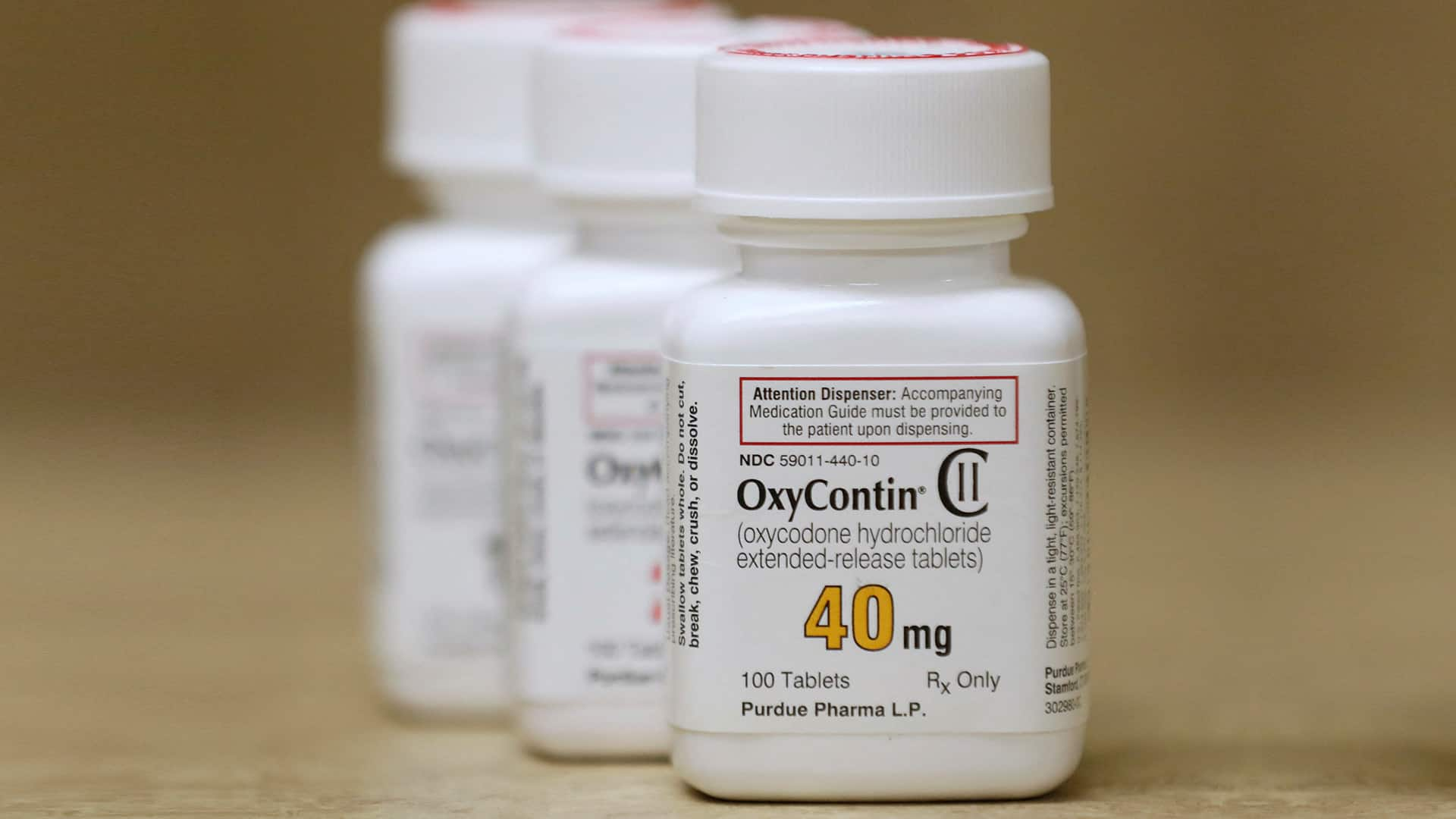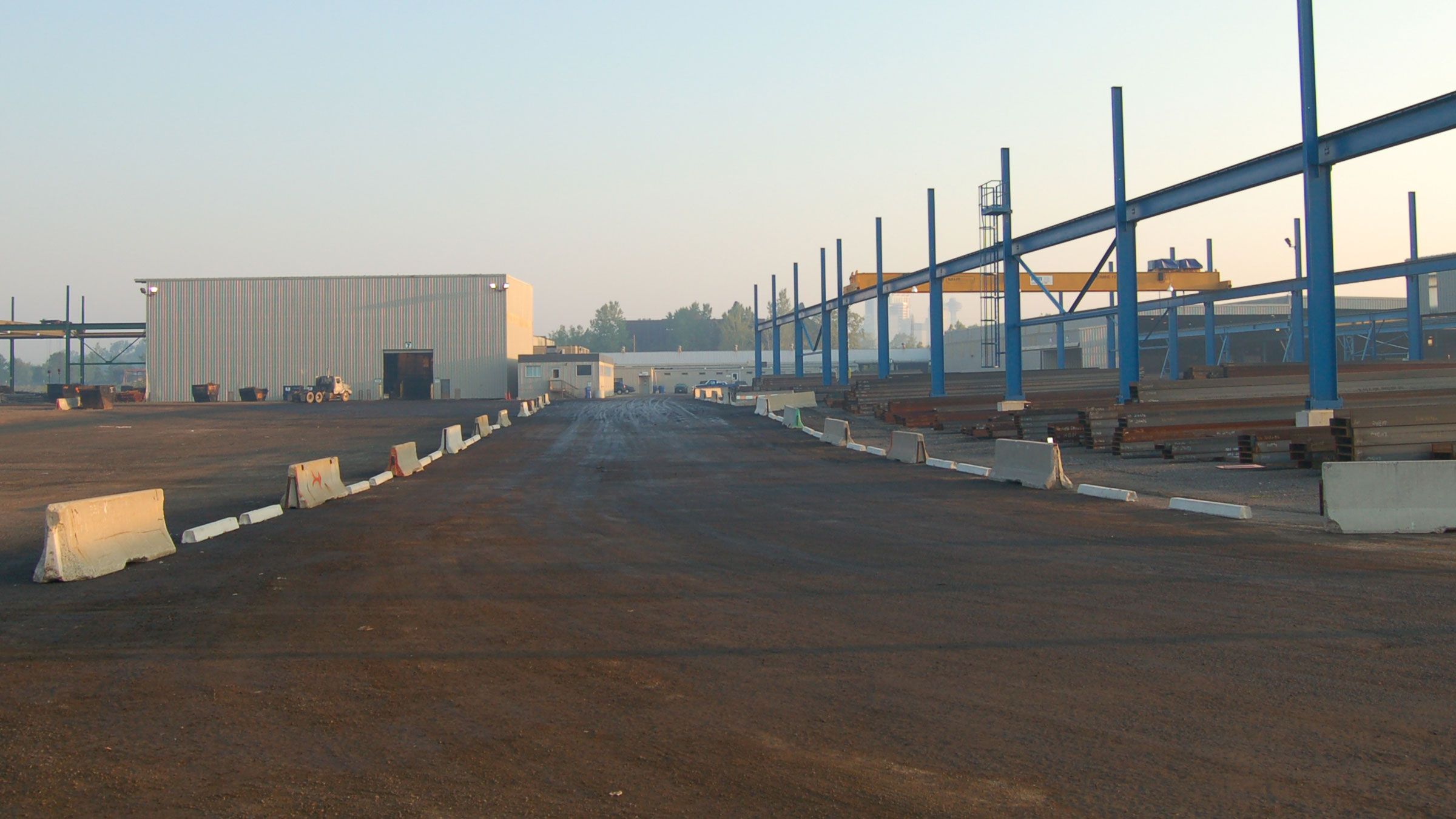U.S. Supreme Court decision rejects Purdue Pharma opioid settlement, leaving victims in limbo
;Resize=(620))
The U.S. Supreme Court on Thursday rejected a nationwide settlement with OxyContin maker Purdue Pharma that would have shielded members of the Sackler family who own the company from civil lawsuits over the toll of opioids but also would have provided billions of dollars to combat the opioid epidemic.
After deliberating more than six months, the justices in a 5-4 vote blocked an agreement hammered out with state and local governments and victims. The Sacklers would have contributed up to $6 billion US and given up ownership of the company but retained billions more. The agreement provided that the company would emerge from bankruptcy as a different entity, with its profits used for treatment and prevention.
Justice Neil Gorsuch, writing for the majority, said “nothing in present law authorizes the Sackler discharge.”
Justices Brett Kavanaugh, Ketanji Brown Jackson, Elena Kagan and Sonia Sotomayor dissented.
“Today’s decision is wrong on the law and devastating for more than 100,000 opioid victims and their families,” Kavanaugh wrote.
“Opioid victims and other future victims of mass torts will suffer greatly in the wake of today’s unfortunate and destabilizing decision.”
The U.S. Supreme Court debates Oxycontin maker Purdue Pharma’s bankruptcy settlement and whether company owners, the Sackler family — who have not filed for personal bankruptcy, can be held liable for the opioid epidemic.
‘A mockery of the justice system’
The Purdue Pharma settlement would have ranked among the largest reached by drug companies, wholesalers and pharmacies to resolve epidemic-related lawsuits filed by state, local and Native American tribal governments and others.
Those settlements have totalled more than $50 billion. But the Purdue Pharma settlement would have been only the second so far to include direct payments to victims from a $750 million pool. Payouts would have ranged from about $3,500 to $48,000.
Front Burner22:20Will Purdue’s opioid settlement be overturned?
The high court had put the settlement on hold last summer, in response to objections from the Biden administration.
It’s unclear what happens next.
“The Purdue plan was a victim-centred plan that would provide billions of dollars to the states to be used exclusively to abate the opioid crisis and $750 million for victims of the crisis, so that they could begin to rebuild their lives,” Edward Neiger, a lawyer representing more than 60,000 overdose victims, said in a statement. “As a result of the senseless three-year crusade by the government against the plan, thousands of people died of overdose, and today’s decision will lead to more needless overdose deaths.”
A relatively small but vocal group of victims and family members opposed the settlement, including Ed Bisch, whose teen son Eddie died from an overdose after taking OxyContin in Philadelphia in 2001.
“This is a step toward justice. It was outrageous what they were trying to get away with,” said Ed Bisch, a New Jersey resident. “[The Sacklers] have made a mockery of the justice system and then they tried to make a mockery of the bankruptcy system.”
Bisch called on the U.S. Department of Justice to seek criminal charges against Sackler family members.
Sacklers no longer on company board
Arguments in early December lasted nearly two hours in a packed courtroom as the justices seemed, by turns, unwilling to disrupt a carefully negotiated settlement and reluctant to reward the Sacklers.
The issue for the justices was whether the legal shield that bankruptcy provides can be extended to people such as the Sacklers, who have not declared bankruptcy themselves. Lower courts had issued conflicting decisions over that issue, which also has implications for other major product liability lawsuits settled through the bankruptcy system.
The U.S. Bankruptcy Trustee, an arm of the Justice Department, argued that the bankruptcy law does not permit protecting the Sackler family from being sued.
During the Trump administration, the government supported the settlement. The Biden administration had argued to the court that negotiations could resume, and perhaps lead to a better deal, if the court were to stop the current agreement.
Proponents of the plan said third-party releases are sometimes necessary to forge an agreement, and federal law imposes no prohibition against them.
OxyContin first hit the market in 1996, and Purdue Pharma’s aggressive marketing of it is often cited as a catalyst of the nationwide opioid epidemic, with doctors persuaded to prescribe painkillers with less regard for addiction dangers.
The drug and the Stamford, Ct.-based company became synonymous with the crisis, even though the majority of pills being prescribed and used were generic drugs.
Opioid-related overdose deaths have continued to climb, hitting 80,000 in recent years. Most of those are from fentanyl and other synthetic drugs.
Sackler family members no longer are on the company’s board, and they have not received payouts from it since before Purdue Pharma entered bankruptcy. In the decade before that, though, they were paid more than $10 billion, about half of which family members said went to pay taxes.
Read the court opinion:




